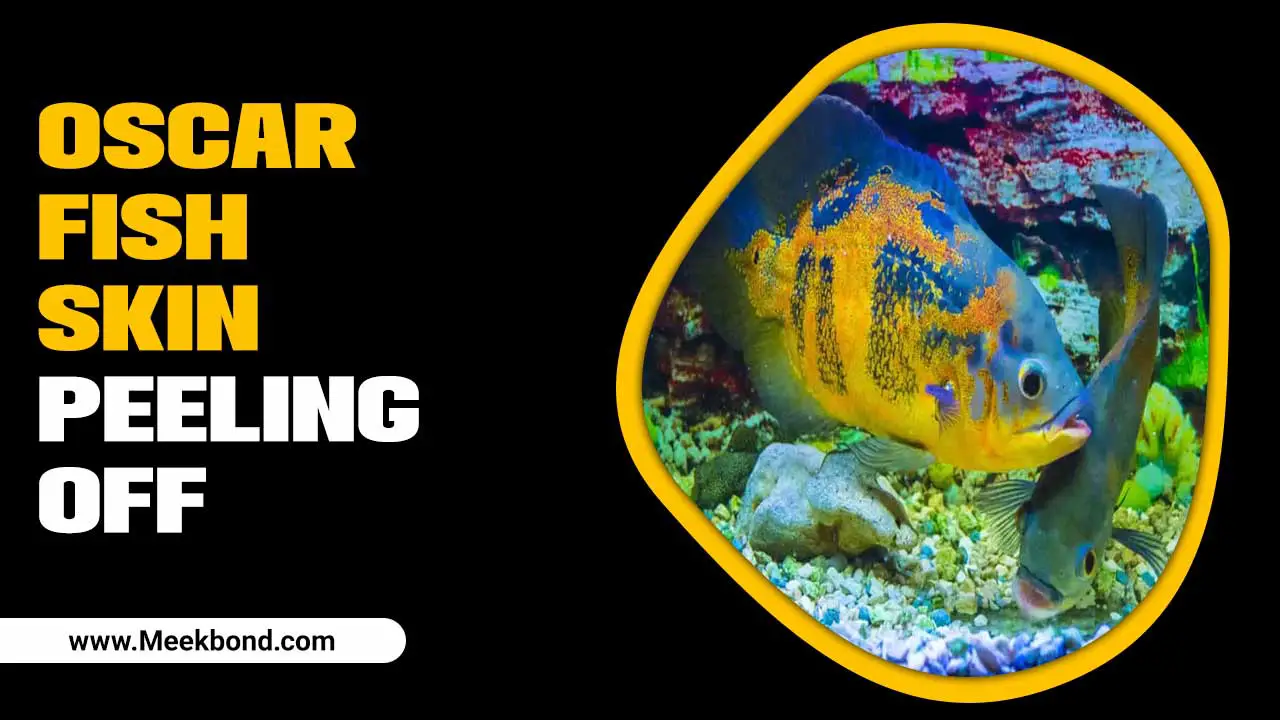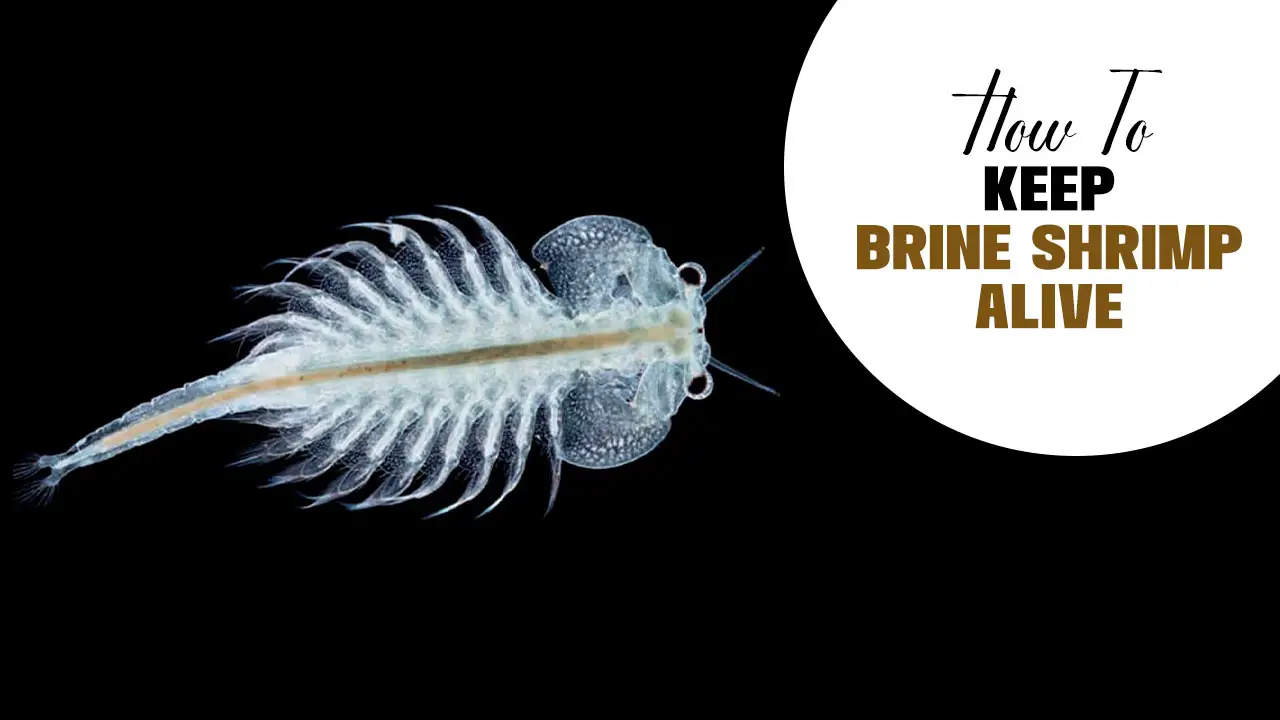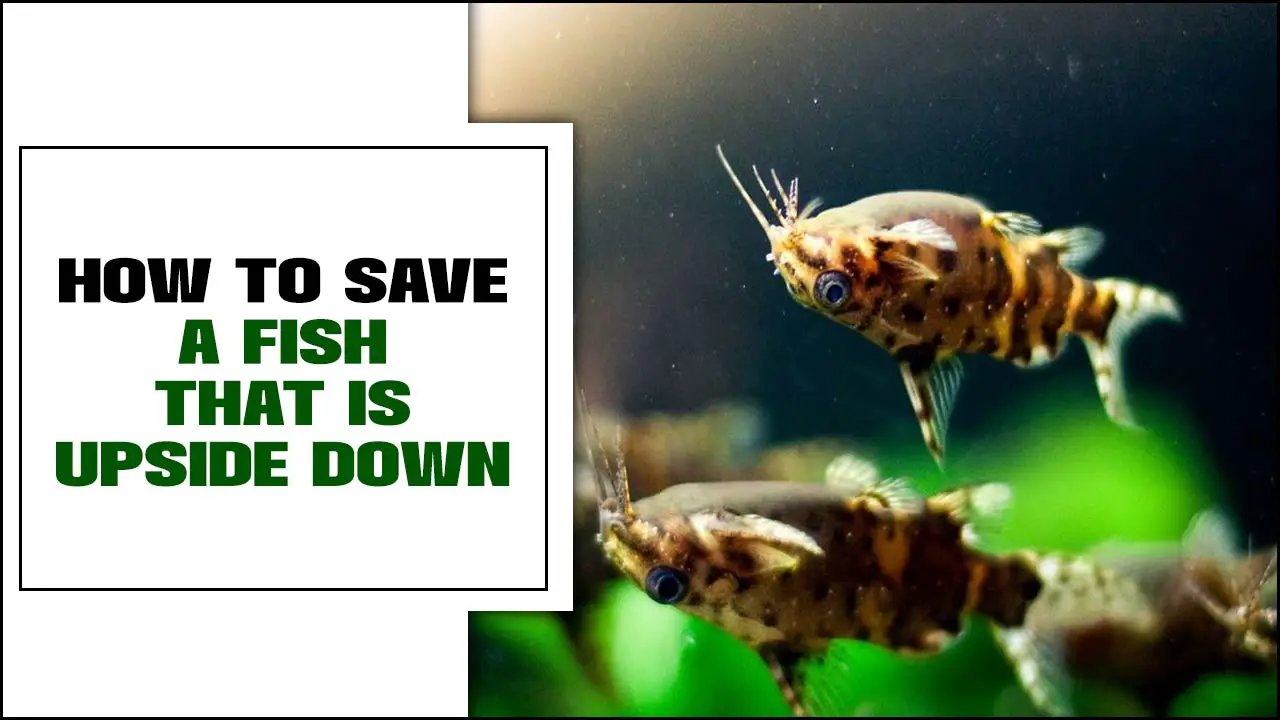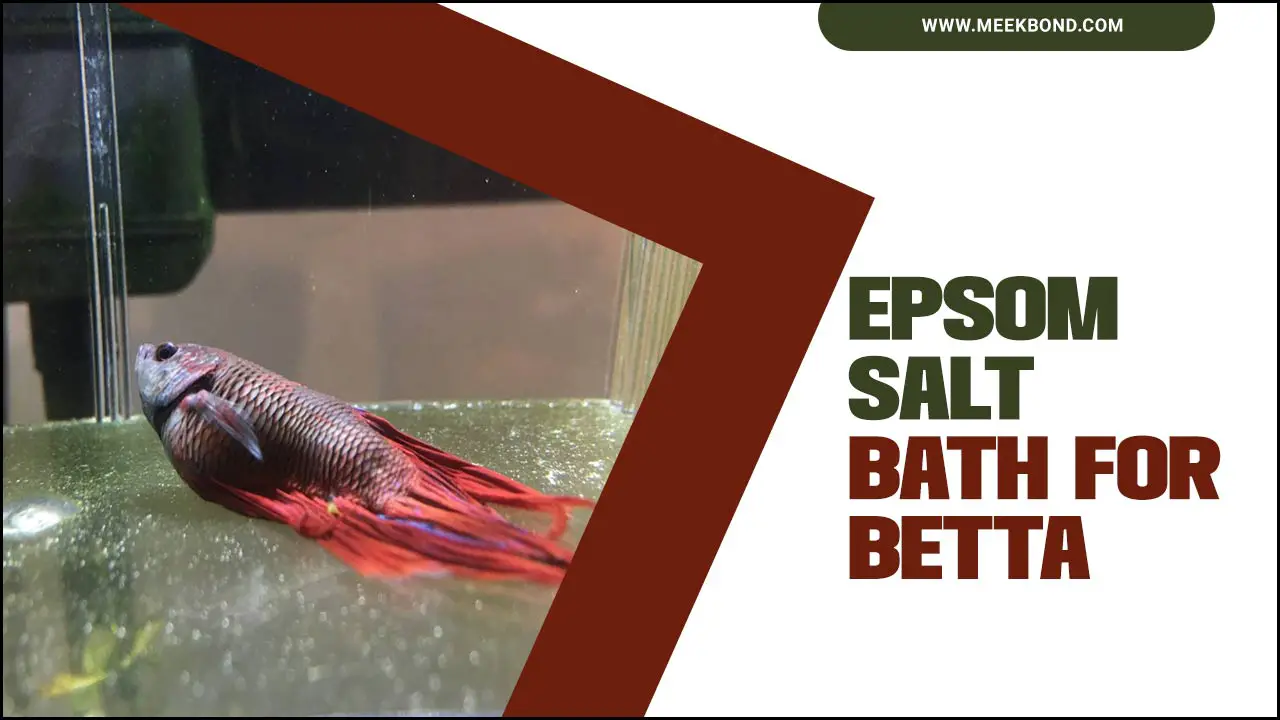The Asian Bumblebee Catfish is a fascinating freshwater fish species that has captured the attention of many aquarium enthusiasts. Also known as the Honeycomb Catfish, this species is widely distributed in Southeast Asia and is popular among aquarists for its striking appearance and unique behaviour.
Despite its popularity, many people are unaware of the Asian-Bumblebee Catfish’s physical characteristics, behaviour, and habitat requirements. We will cover everything from feeding habits to tank setup, water parameters, and health risks here. We will also explore breeding requirements, classification, distribution, and habitat. Whether you are a seasoned aquarist or just starting out, this guide will help you provide the best care for your Asian-Bumblebee Catfish.
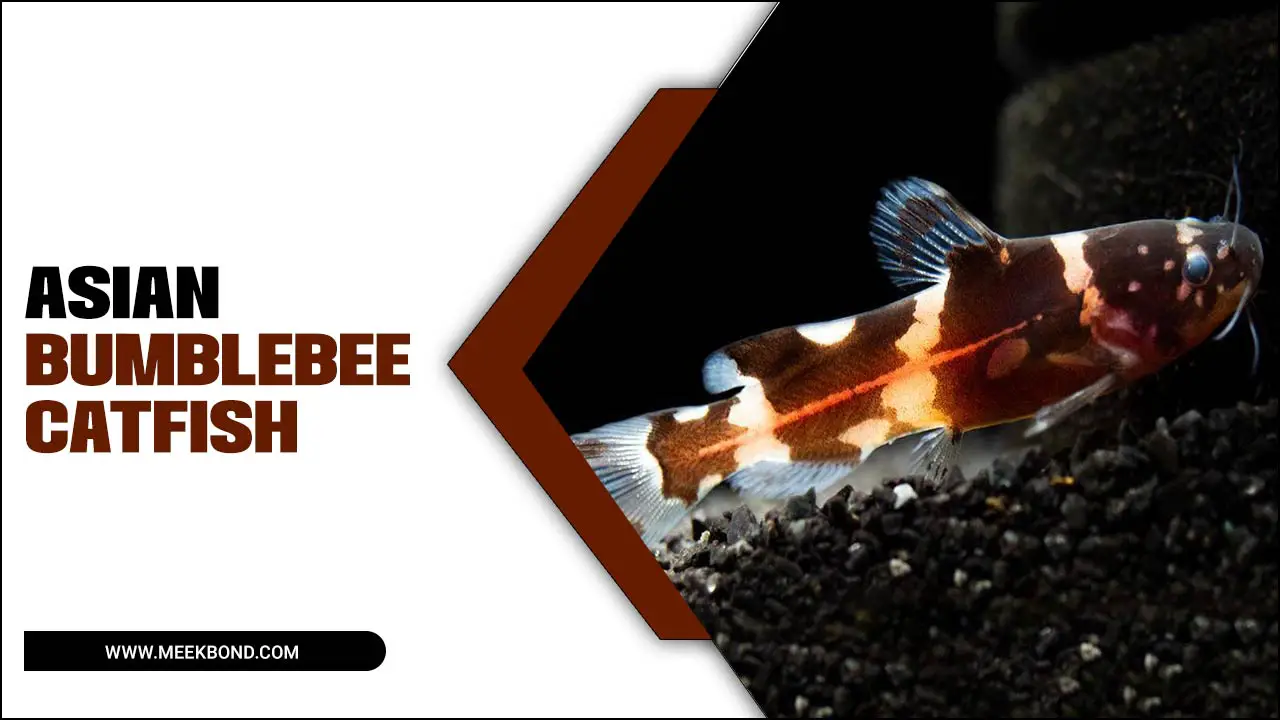
Exploring The Asian-Bumblebee Catfish
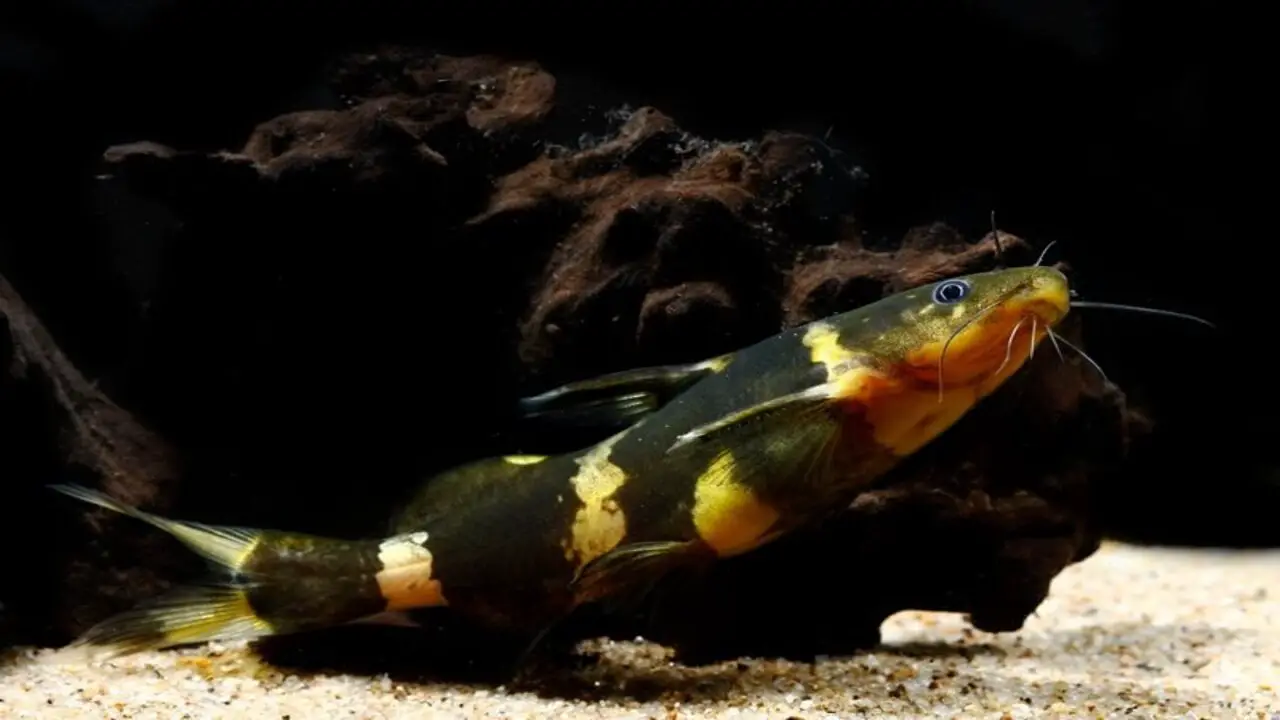
The Asian-Bumblebee Catfish, popular among aquarium hobbyists, is popular for its unique characteristics and appearance. This South American species, scientifically known as Microglanis iheringi, hails from countries like Colombia, Vietnam, and Laos. With its nocturnal habits, the Asian-Bumblebee Catfish displays interesting behaviors in the aquarium.
To properly care for this hardy fish, providing a tank with suitable conditions, including a balanced diet of daphnia, bloodworms, and earthworms, is essential. With its striking appearance and fascinating facts, the Asian-Bumblebee Catfish is a delightful addition to any aquarium setup.
Origin And Natural Habitat
The South American origins of the Asian-Bumblebee Catfish make it a fascinating species to study. Native to countries like Venezuela, Colombia, and Brazil, this hardy fish thrives in freshwater habitats with specific water parameters. In its natural habitat, the Asian Bumblebee-Catfish prefers a substrate and environment that resembles its native surroundings.
Its diet consists of daphnia, bloodworms, and other small organisms. As a nocturnal species, it is famous for its distinctive appearance, including a dorsal fin that sets it apart from other members of the Bagridae family.
Care And Facts Asian Bumblebee Catfish – You Need To Know
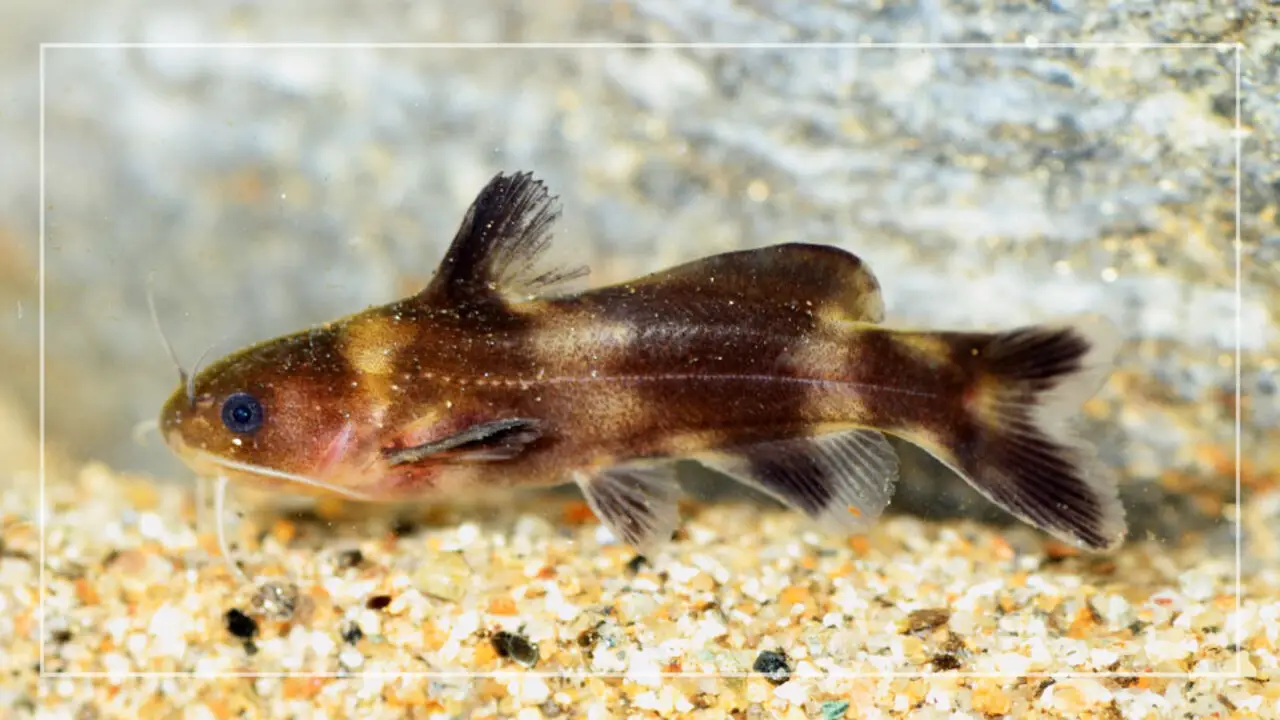
When caring for an Asian Bumblebee Catfish, there are key points to consider. These hardy fish require a suitable tank size and setup, with a sandy substrate preference. Maintaining water quality and parameters is crucial, ensuring a stable pH level and providing a nocturnal species like the Asian-Bumblebee Catfish with hiding spots.
Additionally, interesting facts include their nocturnal nature and their native origins in South America, particularly in countries such as Colombia and Brazil. Keeping an Asian-Bumblebee Catfish can present both rewards and challenges.
Feeding Habits
The Asian-Bumblebee Catfish has specific dietary preferences and habits. When feeding an Asian-Bumblebee Catfish, it is important to provide suitable food options such as daphnia, bloodworms, and earthworms. Feeding frequency and portion sizes should be monitored to ensure the catfish’s health.
A varied diet is crucial for their well-being. Observing and monitoring their feeding behavior helps to understand their nutritional needs. This South American catfish is a hardy, nocturnal species originating from countries like Vietnam, Laos, and Columbia.
Breeding Requirements
Breeding the Asian-Bumblebee Catfish requires specific conditions and factors for success. Look for behavioral changes indicating readiness, such as increased activity and aggression. Maintain temperature and water quality within the catfish’s preferred range. Once you lay eggs, you should properly care for the fry, ensuring adequate nutrition and a safe environment. Breeding this species can present challenges, so careful consideration is necessary.
Tank Setup
It is important to consider the following factors to ensure proper tank setup for Asian-Bumblebee Catfish. Provide a tank with a minimum size of 50 gallons, although larger tanks are preferred for ample swimming space. Maintain water conditions with a pH level between 6.5-7.5 and a temperature ranging from 75-82 degrees Fahrenheit.
When selecting tank mates, opt for non-aggressive fish species compatible with the catfish. Create hiding spots using driftwood, rocks, or artificial caves to provide security. Additionally, employ a powerful filtration system to maintain optimal water quality in the tank.
Water Parameters
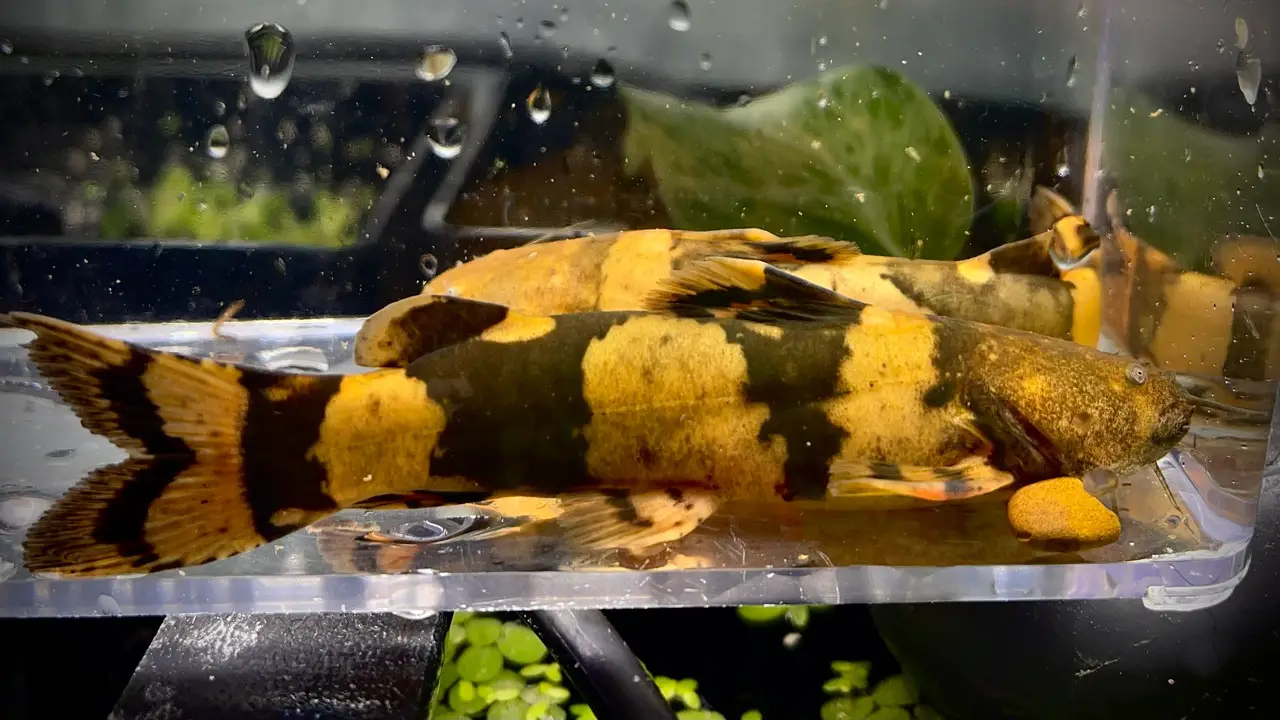
The Asian-Bumblebee Catfish thrives in water with a pH range of 6.5 to 7.5 and a temperature between 72-78°F (22-26°C). It prefers a moderate current, mimicking its natural habitat. A minimum tank size of 50 gallons (189 liters) provides ample space for these hardy fish. Regular water changes and filtration are crucial to maintain optimal water quality.
Classification
Asian-Bumblebee Catfish, also known as Pseudomystus siamensis, is a fascinating species with unique physical characteristics. Native to Southeast Asia, particularly Vietnam and Laos, these catfish prefer nocturnal behavior.
Regarding their diet, Asian-Bumblebee Catfish are omnivorous, feeding on small invertebrates like Daphnia, bloodworms, and even earthworms. To keep these hardy fish healthy, provide them with an ideal tank setup that includes a dorsal fin-friendly environment and proper care tips. Breeding and reproduction information for this species is also crucial for successful ownership.
Distribution
The Asian-Bumblebee Catfish is native to Southeast Asia, specifically Thailand, Indonesia, and Malaysia. They inhabit freshwater rivers, streams, and swamps. Due to their popularity in the aquarium trade, they have been introduced to other parts of the world, such as South America and Europe. Researching their natural distribution and habitat is essential for understanding their care needs.
Habitat
The Asian-Bumblebee Catfish, a native of Southeast Asia, can be found in slow-moving rivers and streams with sandy or muddy bottoms. These nocturnal species prefer areas with plenty of cover, such as rocks, plants, and logs. To replicate their natural habitat in captivity, providing a large tank with hiding places and live aquatic plants is recommended. Keeping the water parameters stable and within their preferred range ensures their well-being.
Maximum Standard Length
The Asian-Bumblebee Catfish can reach a maximum standard length of about 10 inches. To keep them healthy, it’s important to provide a tank with plenty of hiding places and a strong filtration system. They are omnivores, so a balanced diet of meaty and plant-based foods is necessary. These peaceful fish can be kept with other non-aggressive species. Regular water changes and proper maintenance are essential for their well-being.
Maintenance
It is important to consider several factors to properly care for the Asian-Bumblebee Catfish. First, provide a large aquarium with plenty of swimming space. Maintain water parameters at a temperature between 72-78°F and a pH level of 6.5-7.5.
Offer a varied diet of live and frozen foods, as these fish are omnivorous. When selecting tankmates, choose non-aggressive species. Regularly perform water changes, clean the filter, and maintain tank decorations for their health and well-being.
What Does The Asian-Bumblebee Catfish Eat?
The Asian-Bumblebee Catfish is a fish species with distinct feeding habits and preferences. This catfish thrives on a balanced diet of various food options when kept in captivity. Proper nutrition is crucial for maintaining the health and well-being of this species.
It is recommended to feed them with a variety of foods such as insects, worms, and small crustaceans. They also tend to enjoy vegetable matter like cucumber and zucchini. Additionally, it is important to avoid overfeeding them as it can lead to obesity and other health problems.
The Ideal Tank Conditions For An Asian-Bumblebee Catfish
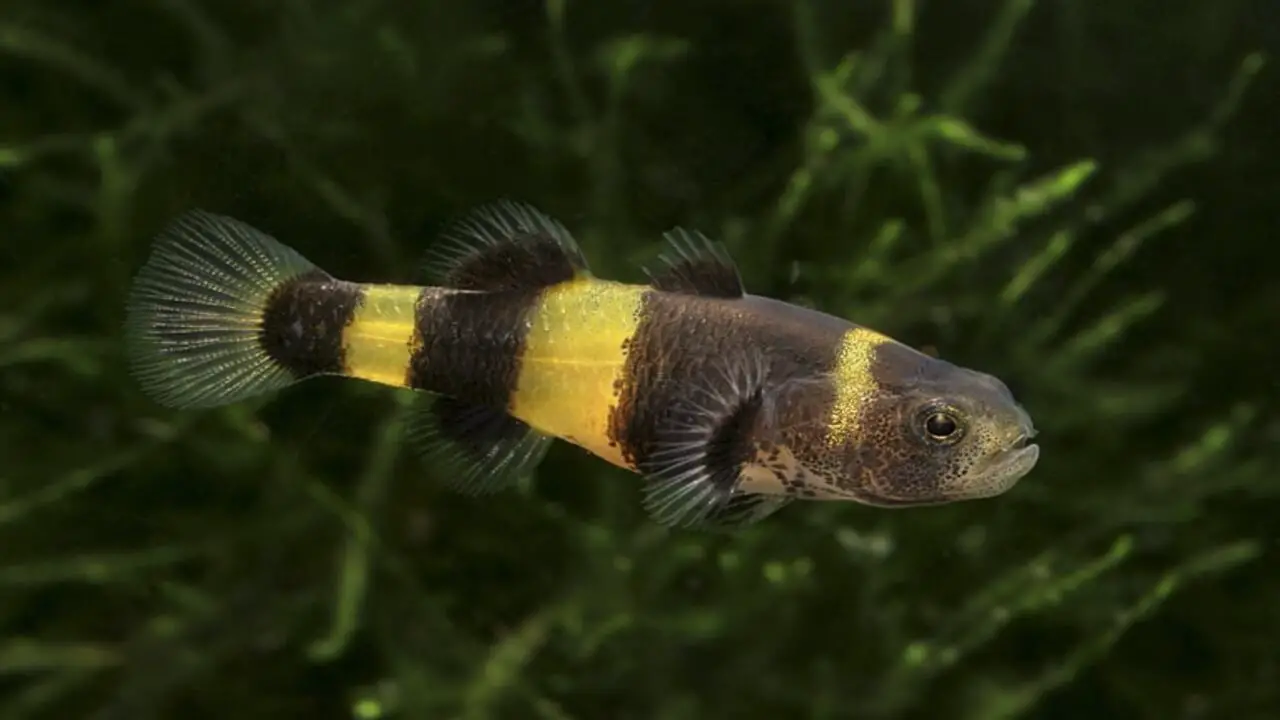
To ensure the optimal well-being of an Asian-Bumblebee Catfish, it is crucial to provide it with suitable tank conditions. This includes a spacious aquarium that offers plenty of swimming room. Maintaining proper water parameters, such as a temperature between 72-78°F and a pH of 6.5-7.5, is essential for their health.
Also, hiding places and adding driftwood in the tank mimic their natural habitat while providing them with necessary shelter. Choosing the right substrate and decorating the tank enhances their overall captivity experience.
Breeding The Asian-Bumblebee Catfish: How Does It Happen?
Breeding the Asian-Bumblebee Catfish is a task that requires a thorough understanding of their breeding behavior and providing the right environment. Temperature and water quality are two critical factors that play a vital role in successful breeding. Breeding this catfish comes with its own set of challenges and considerations, including caring for the eggs and fry with attention and expertise.
Moreover, providing them with adequate space, hiding spots, and suitable food is essential to ensure their healthy growth and development. Additionally, it is vital to monitor their health regularly and address any issues promptly to prevent potential problems from escalating. Breeding the Asian-Bumblebee Catfish can be a rewarding experience for aquarists with the skills and knowledge necessary to do so successfully.
Can The Asian-Bumblebee Catfish Live With Other Fish?
One of the most peaceful freshwater species, the Asian-Bumblebee Catfish, can coexist with other fish. But choosing compatible tankmates and considering their behavior before introducing them is crucial. To avoid any territorial issues or aggression, it is recommended to introduce the catfish slowly and monitor their interactions in a community tank.
It is also essential to provide hiding places for the catfish as they can be shy and prefer to hide if they feel threatened. Additionally, maintaining good water quality and a healthy diet can help ensure the well-being of all tank inhabitants, including the Asian-Bumblebee Catfish.
What Are Some Common Health Risks For The Asian Bumblebee-Catfish?
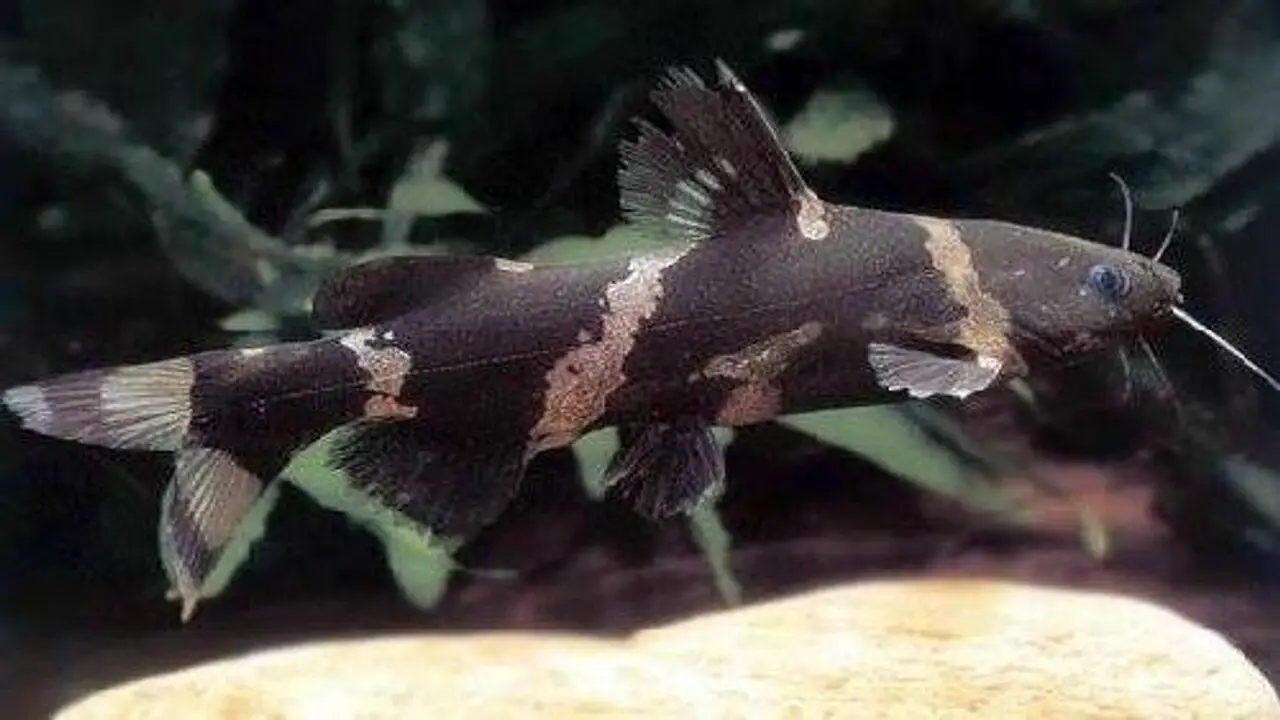
Various diseases and illnesses can affect the health of Asian Bumblebee-Catfish. Loss of appetite, unusual behavior, and physical abnormalities are symptoms that should be observed closely. To ensure their well-being, it is essential to maintain clean water conditions, provide them with a balanced diet, and monitor their health regularly.
You should seek appropriate treatment immediately in case of any health issues. It’s important to note that prevention is key to keeping these fish healthy; therefore, taking a proactive approach towards maintaining their health is highly recommended. Common health risks for the Asian Bumblebee-Catfish include:
- Poor water quality: The Asian Bumblebee-Catfish is sensitive to changes in water conditions, so it is important to maintain a clean and well-filtered aquarium. Poor water quality can lead to stress and susceptibility to diseases.
- Parasites: Like many other fish species, the Asian Bumblebee-Catfish can be prone to parasitic infections. Common parasites include protozoa and worms. Regular observation and proper quarantine procedures can help prevent these infections.
- Bacterial infections: Bacterial infections can occur if there are wounds or cuts on the fish’s body. It is important to provide a clean environment and treat any injuries promptly to prevent bacterial growth and infection.
- Nutritional deficiencies: Proper diet is crucial for the health of the Asian Bumblebee-Catfish. A lack of essential nutrients can weaken their immune system and make them more susceptible to diseases. Providing a varied diet that includes high-quality commercial foods, live or frozen foods, and vegetables will help ensure their nutritional needs are met.
By being aware of these common health risks, fishkeepers can take proactive measures to maintain the overall well-being of their Asian Bumblebee-Catfish. Regular monitoring, proper nutrition, and maintaining optimal water conditions are key to keeping these fish healthy and thriving in an aquarium setting.
Conclusion
To ensure the well-being of your Asian Bumblebee Catfish, it is important to understand their specific care requirements. These catfish are popular for their striking appearance and peaceful nature, making them popular among aquarium enthusiasts. When feeding, they are omnivores and will readily consume various foods, including pellets, flakes, and frozen or live foods.
Creating an ideal tank environment for them involves providing ample hiding spots, a sandy substrate, and maintaining suitable water parameters such as temperature, pH, and hardness. Breeding these catfish can be challenging but rewarding, requiring specific conditions such as a separate breeding tank and the simulation of seasonal changes. It is important to note that the Asian-Bumblebee Catfish may not be compatible with all fish species, so careful consideration must be given when selecting tankmates.
Frequently Asked Questions
How Big Do Asian-Bumblebee Catfish Get?
Asian-bumblebee catfish can reach a length of up to 8 inches. With their distinctive yellow and black striped pattern resembling a bumblebee, they add a unique touch to any aquarium. These peaceful fish can be kept in groups in larger tanks, provided they have ample hiding spaces and a well-maintained environment.
Do Bumblebee Catfish Eat Small Fish?
Bumblebee catfish, being carnivores, may eat small fish if given the opportunity. To avoid this, it is best to keep them with similarly sized and peaceful fish. Providing a varied diet of live or frozen foods can also help prevent them from preying on other fish. Always research care requirements before adding any fish to your aquarium.
What Can Bumblebee Catfish Live With?
Bumblebee catfish are peaceful and thrive in groups. They can coexist with small, non-aggressive fish such as tetras, rasboras, and dwarf cichlids. However, it’s important to avoid larger or aggressive tankmates that may harm them.
Where Are Bumblebee Catfish Native To?
Bumblebee catfish are native to Southeast Asia, specifically Thailand and Indonesia. Catfish enthusiasts can find these fish in their natural habitat in slow-moving rivers, streams, and swamps. They have also been introduced to other parts of the world for the aquarium trade. Replicating their natural habitat is essential for their optimal care.
Do Bumblebee Catfish Eat Other Fish?
Bumblebee catfish are omnivores, consuming both plant and animal matter. They feed on insects, small crustaceans, and other small fish in the wild. While they can coexist peacefully with other fish, they may eat very small fish or shrimp.

Aquarium passion is all about connecting with the aquatic life and providing education to the public on the importance of these creatures. We showcase a wide variety of marine life through our exhibits as well as working with schools to provide unique learning opportunities for students of all ages.

